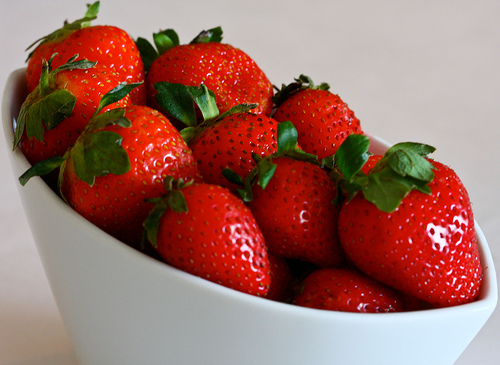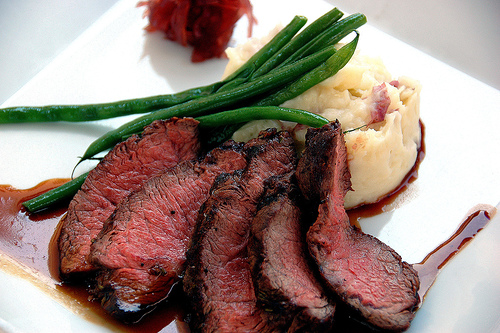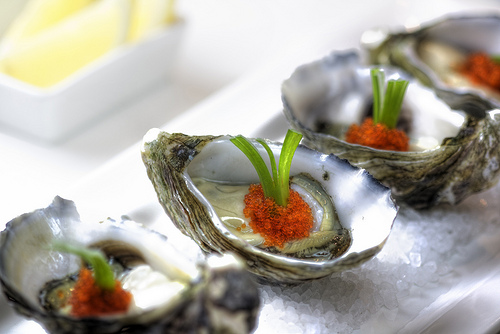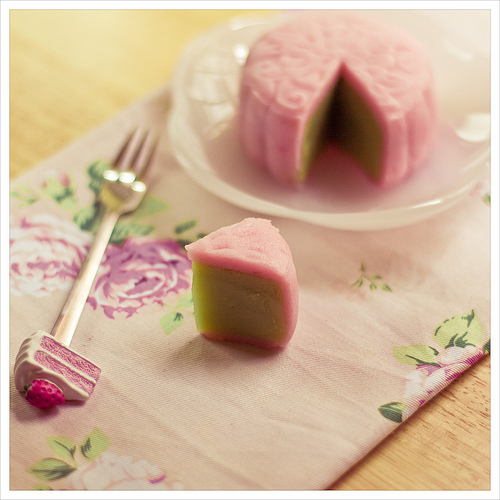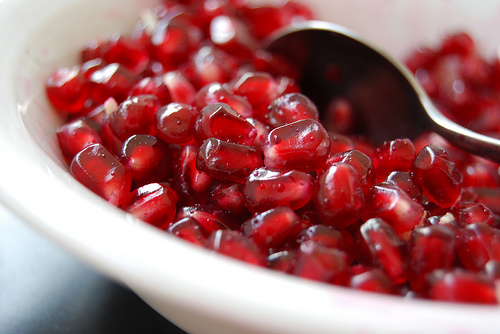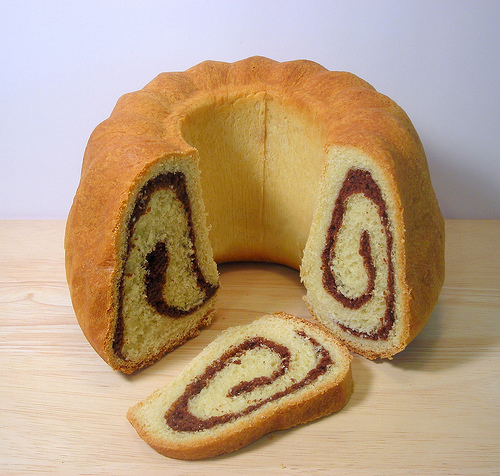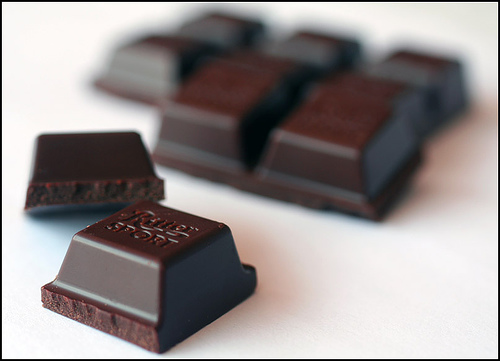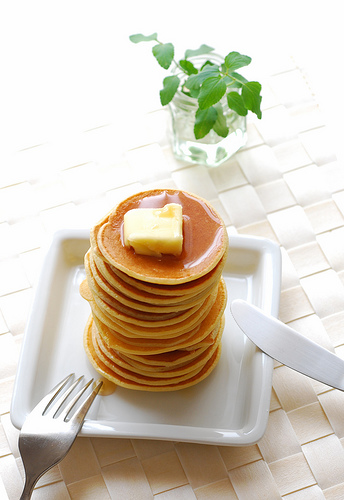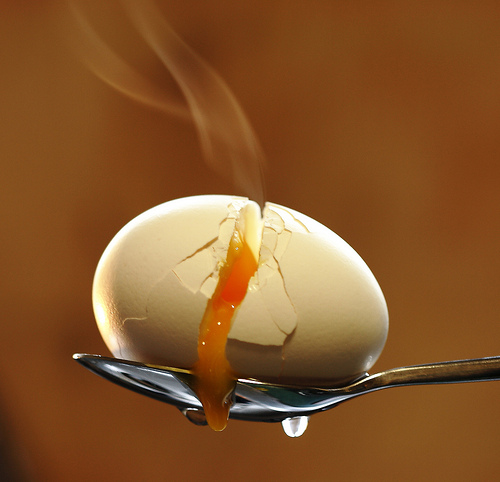Panning is an interesting technique in photography for showing the feel of motion by freezing a moving subject while adding motion blur to the background. It is particularly very useful when you are capturing fast moving subjects. The basic of this technique is pretty straight forward. What you need to do is to capture the moving subject in your frame as it comes towards you by swing/pan the camera from left to right (or vice versa) as it follows the subject.
Camera Setting
You’ll need to put your camera on ‘shutter priority’ mode (Tv or S) so you can set the shutter speed manually and let the camera automatically set the aperture for us. Since you will need your camera to focus on the moving subject so the best way to do this is by set your camera on ‘Focus Tracking’ mode. Canon calls this AIServo and others may call it C/ContinousFocus
Shutter Speed Setting
The shutter speed setting for your panning shots depends on how fast your moving subject is. For example, when you’re shooting a racing car, the best shutter speed setting is at 1/320. You can set the shutter at 1/60 for shooting pro cycling and 1/30 for shooting a marathon runner. For beginners, you might want to start by choosing the faster speed (1/60 and faster) to eliminate the vertical camera shake.
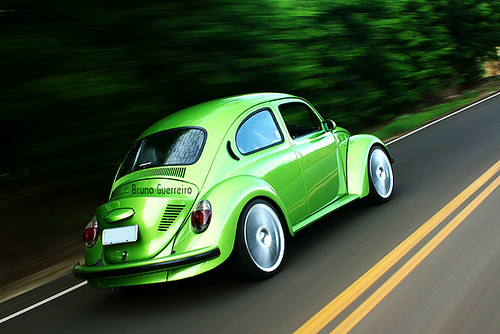
Panning Movement
To get successful panning shots you need to keep your camera as smooth and horizontal as possible while you pan/swing the camera. Use your feet as a rotating point and try to swing your camera with your upper torso, not just your head and your camera. Don’t forget to press the shutter button smoothly to avoid camera shake when the subject is right in front of you.
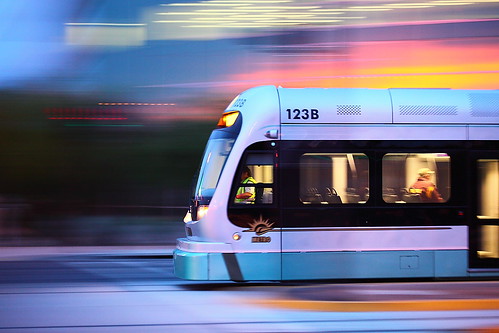
Tripod/Monopod vs Image Stabilized Lens
You can use tripod or monopod to help you to get more fluid motion when swinging your camera. When you choose to use a tripod you can use the pan-tilt head as it has separate axes and controls for tilting and panning, so that a certain axis can be controlled without risk of affecting the other axes. However, if you own an Image Stabilized lens with panning mode, I would not recommend you to use a tripod as it can hinder you while swinging from one side to the other. Your image stabilized lens with a mode 2 IS is much better equipment to help you eliminate the vertical shake.


